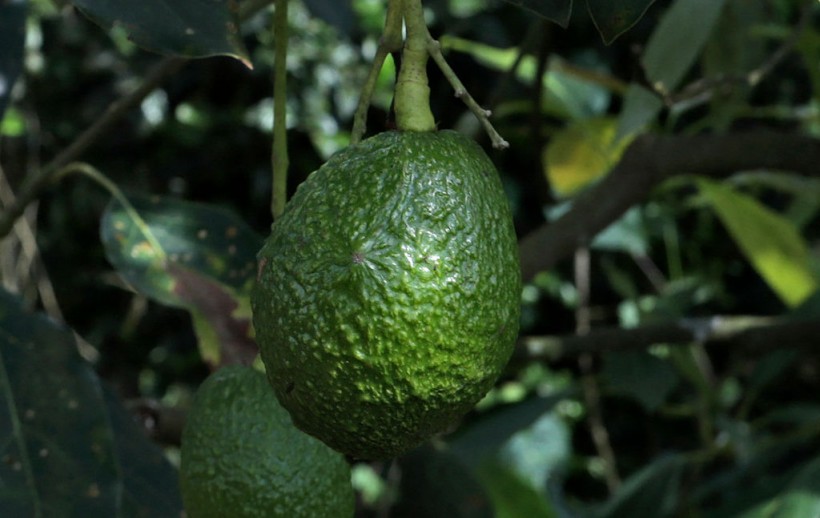
There are four stages in the life cycle of an avocado tree.
Backyard gardeners should be mindful of the four stages that an avocado tree goes through during its life cycle to give them better judgment in caring for their plant.
Avocado trees produce creamy fruits with a variety of health advantages. They are evergreen trees with thick, brilliant green foliage. Backyard gardeners may better care for the plant and fruit by understanding how avocados grow.
First Stage: Seedling
The adventure of an avocado begins when its pit is nestled into the soil, allowing it to germinate for approximately 4 to 8 weeks. During this time, the pit cracks open along a distinct line, revealing two halves and marking the emergence of the plant's initial true leaves. Over the course of six weeks, root sprouts downwards from the top of the seed while a shoot grows upwards from the bottom. The root delves deep into the ground, while the shoot ascends towards the sky.
After a period of growth, the first authentic leaves start to unfold. Once the stem reaches a height of 6 inches and the roots have developed substantially, the seedling is deemed ready for transplantation.
Second Stage: Vegetative
The avocado tree goes through its juvenile stage for the first two to three years of being planted, developing slowly and staying small. It develops into a sapling, becoming higher and putting out more leaves. The tree starts a stage of fast growth once it reaches a height of 6 to 12 feet, growing its main trunk, branches, and larger leaves. It hasn't blossomed or given up any fruit, though, as of yet.
According to Homegrown Outlet, avocado plants may require significantly more water compared to other garden plants. However, it's important to remember that practically all plants, which include avocados, may experience problems from overwatering. When the soil becomes wet or muddy, it is preferable to stop watering. Additionally, if the soil is in a pot, it is suggested to use well-draining soil and a pot with holes for drainage in the bottom to allow the water to drain.
Third Stage: Reproductive
Flower buds start to appear in the winter as they get ready to bloom in the spring. These buds can develop into fruit-bearing reproductive flowers or they can stay as vegetative buds. It's likely that the vegetative buds won't bear fruit and will instead wither away. The tree first produces yellow-greenish blossoms that open and shut over the course of two days, acting as female and male flowers before the recognized fruit.
This shows that avocado trees can pollinate themselves. Fertilized blossoms turn into fruits, which results in the ovary becoming the avocado fruit while the ovule changes into the seed, while most flowers drop off the tree. The flowers close after pollination and continue to transform into succulent fruits.
Also Read: Stop Making This Avocado Cutting Mistake!
Fourth Stage: Mature
The avocado tree develops buds during the winter to bloom in the spring. There are several seasons involved in the flowering and fruiting cycle. The tree can generate as many as one million flowers every year, but only 100-200 of those blossoms, or around 1% of the total, turn into fruits. This cycle from blossom to fruit lasts 8 to 15 months.
The avocado tree grows and rests cyclically, with buds often emerging in the downtime. Because the tree produces fruit in cycles, the size of the crop varies yearly. Avocados don't ripen on the tree; rather, after being harvested, they begin to ripen, taking roughly a week or ten days to ripen at normal conditions, according to BustlingNest.
According to All About Gardening, there will be a significant delay before fruit can be picked. In comparison to trees developed from seed, grafted trees from nurseries typically take 4-5 years to bear fruit.
Related Article: Perfect Avocado Growing Technique Discussed by Israeli Researchers
© 2024 NatureWorldNews.com All rights reserved. Do not reproduce without permission.




![Roundworms with Short Memories 'Stop Forgetting' When Frozen or Given Lithium [Study]](https://1471793142.rsc.cdn77.org/data/thumbs/full/70295/280/157/50/40/roundworms-with-short-memories-stop-forgetting-when-frozen-or-given-lithium-study.jpg)
